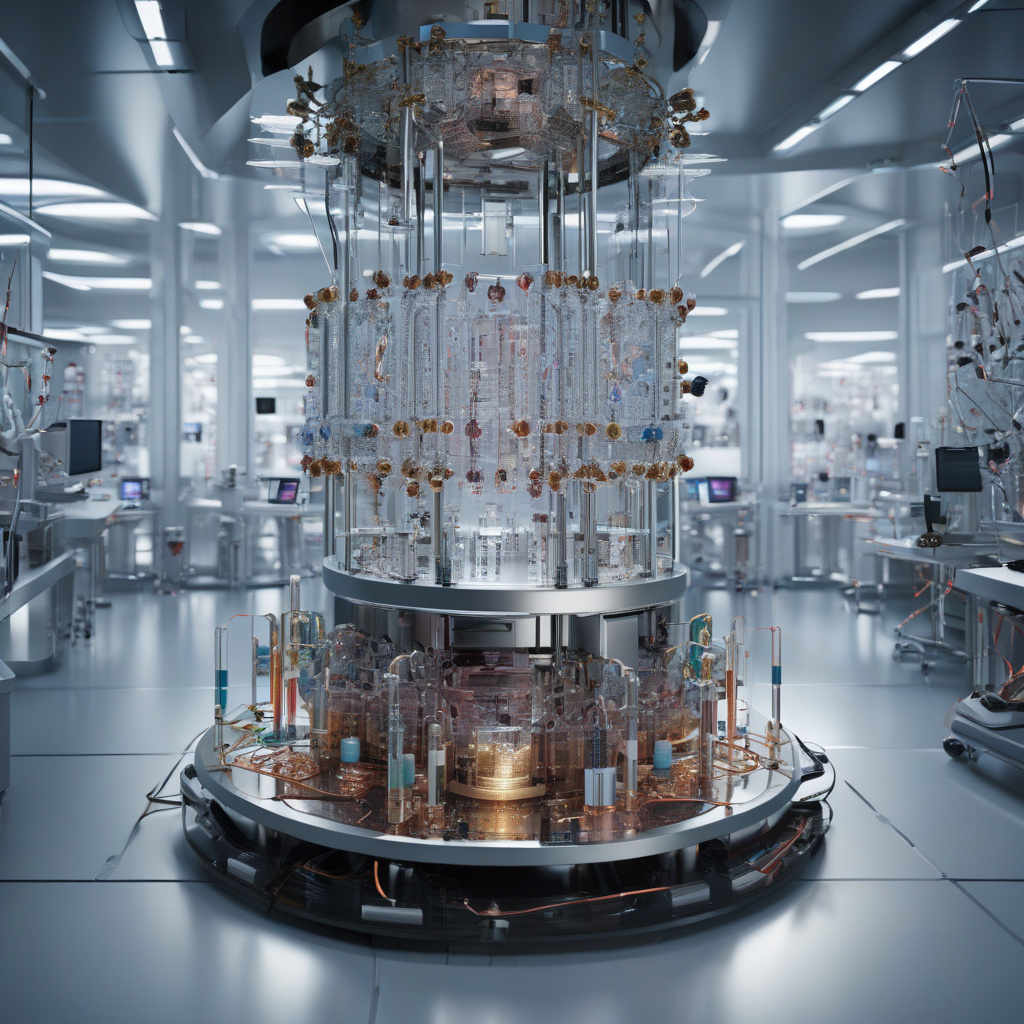Nord Quantique Says Fewer Qubits Needed for Fault Tolerance
The realm of quantum computing has been a hot topic in the tech world for quite some time now. With the promise of exponentially faster processing speeds and the ability to solve complex problems that classical computers simply cannot, quantum computing holds the key to unlocking a new era of innovation. One of the biggest challenges in the development of quantum computers has been achieving fault tolerance, ensuring that the calculations performed by these machines are accurate and reliable. Traditionally, achieving fault tolerance in quantum computers has required a large number of qubits, the basic unit of quantum information. However, a recent breakthrough by Nord Quantique may change the game entirely.
Quantum computers rely on qubits to perform calculations. These qubits are incredibly fragile and prone to errors caused by interference from the outside environment. To combat these errors and ensure the accuracy of calculations, quantum error correction techniques have been developed. These techniques typically require a large number of physical qubits to encode a single logical qubit, making fault tolerance a resource-intensive process. Nord Quantique, a leader in the field of quantum computing, has recently announced a groundbreaking development that could revolutionize the way we think about fault tolerance in quantum computers.
Thanks to new photon-based encoding techniques developed by Nord Quantique, quantum computers may need far fewer qubits to achieve fault tolerance than previously thought. By leveraging the unique properties of photons to encode quantum information, Nord Quantique has demonstrated that fault tolerance can be achieved with a significantly reduced qubit overhead. This breakthrough has the potential to make fault-tolerant quantum computing more accessible and practical, bringing us one step closer to realizing the full potential of this transformative technology.
The implications of this breakthrough are far-reaching. With fewer qubits needed for fault tolerance, quantum computers could become more cost-effective to build and operate. This could open up new possibilities for industries such as drug discovery, materials science, and cryptography, where the computational power of quantum computers could lead to groundbreaking discoveries. Additionally, the reduced qubit overhead could accelerate the development of large-scale quantum computers, bringing us closer to achieving quantum supremacy – the point at which quantum computers surpass the capabilities of classical computers.
As with any new technology, there are still challenges to overcome. Nord Quantique’s photon-based encoding techniques are still in the early stages of development, and further research is needed to fully understand their potential and limitations. However, the initial results are promising, and the quantum computing community is eager to see how this breakthrough will shape the future of the field.
In conclusion, Nord Quantique’s recent announcement that fewer qubits may be needed for fault tolerance in quantum computers is a significant development with the potential to reshape the landscape of quantum computing. By leveraging photon-based encoding techniques, Nord Quantique has opened up new possibilities for fault-tolerant quantum computing, bringing us closer to realizing the full potential of this revolutionary technology. As research in this area continues to progress, we can expect to see even more exciting advancements in the field of quantum computing in the years to come.
quantumcomputing, faulttolerance, NordQuantique, photonencoding, futuretech
